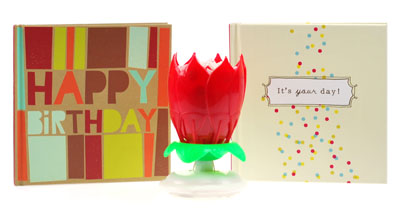A Gospel Story for the Dogs
 Today’s object is a dog. Use a stuffed dog, a picture of a dog, or even your own pet. You might consider using two stuffed dogs—one of pedigree to represent the Jews and one of less definite breeding to represent the Gentiles.
Today’s object is a dog. Use a stuffed dog, a picture of a dog, or even your own pet. You might consider using two stuffed dogs—one of pedigree to represent the Jews and one of less definite breeding to represent the Gentiles.
Mark tells two stories in this Sunday’s Gospel.
The first story tells Jesus’ hesitance to extend his message beyond the people of Israel. Jesus uses the metaphor of children and dogs.
Is is right to take the food meant for your children and throw it to the dogs? he asks.
The Gentile women is quick-witted. Her answer impresses the great teacher. Even the dogs eat the children’s crumbs and that’s all I’m asking for — a crumb.
Jesus hears the woman and is moved. Her daughter is healed.
Point out the woman could have stormed off in a huff at being likened to a dog. Even today, as lovable as our pets are, we don’t refer to someone as a dog without expecting a fight! But this woman stood up to the miracle worker — who might have struck her down on the spot for impertinence.
You can talk a bit about the most endearing quality of dogs — their loyalty and trust — qualities that played out in today’s lesson.
The second story is about the man with a speech impediment. It, too, is a strange story. Jesus takes the man aside and heals him in private of his speech impediment. For the first time in his life this man can speak and be understood. Jesus orders the crowd, who reappear at the end of the story, to keep the report of this miracle under wraps.
You can tie the dog analogy to this second lesson. A favorite trick to teach a dog is to speak or bark upon command. It’s a lot harder to teach a dog to be quiet! Yet that is what Jesus asks of the healed man and the crowd of people. “Do not tell anyone.”
Order your dog or dog object to not bark. If you have a group of children or youth, you might enlist them in your story-telling by asking them ahead of time to bark whenever you give the order “do not bark” or “be quiet.”
These passages remain a bit puzzling. Why was Jesus reluctant to heal a child of a non-Jew? Later, why did he charge people to do something that goes entirely against human nature?
Why do we hesitate to embrace people different from us? Why do we admire dogs of pedigree?
What stands in our way of telling the Good News?




